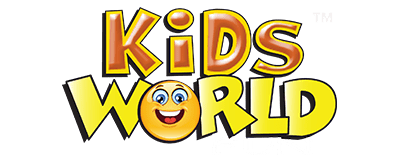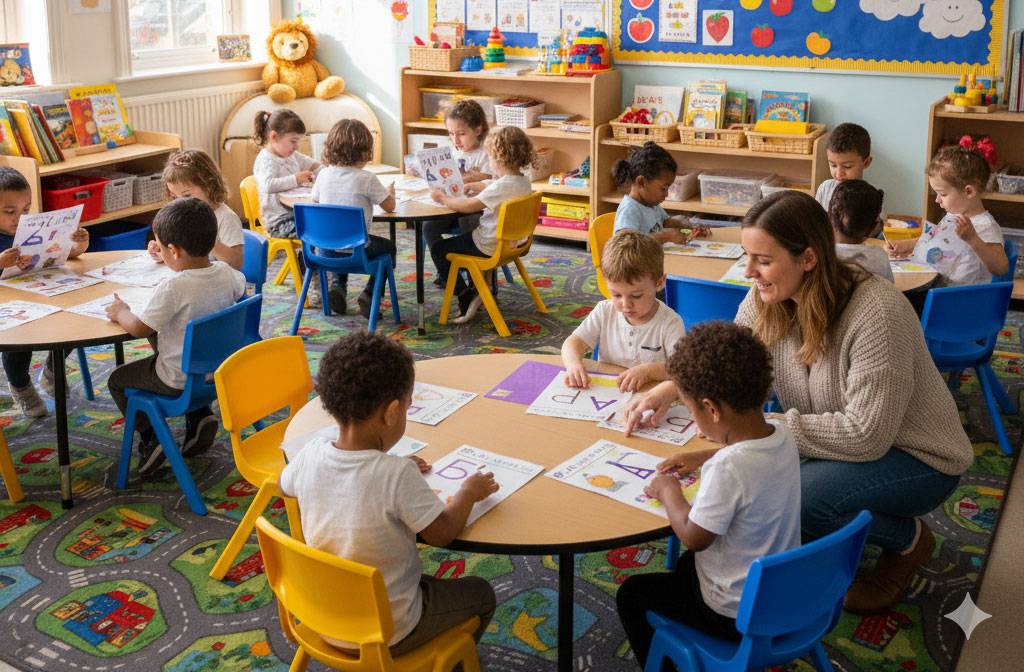Worksheets for Ages 3 to 5: Engaging Preschool Learning Activities
Preschool is an exciting stage when children begin exploring letters, numbers, colors, and shapes. Worksheets designed for ages 3 to 5 play a big role in making this exploration structured yet enjoyable.
1. Overview — The Significance of Worksheets in Early Education
Sometimes worksheets have a terrible reputation. “Just busy work,” we hear. “Kids need to play, not fill out papers.”
I agree. However, when you give a three-year-old a well-designed worksheet, their face brightens. They reach for a crayon. They become engrossed in counting those apples or tracking that letter. They are actively involved, learning, and, to be honest, allowing you to take a breather for fifteen wonderful minutes.
Three to five-year-old preschool worksheets aren’t meant to instill academic knowledge in little people. Making exploration more controlled without sacrificing enjoyment is their goal. These play-like activities—tracing, coloring, and matching—promote creativity, concentration, and early skills.
What’s the magic? Activities connect learning and play. Kids do more than simply memorize. As they work through each page, they are developing their fine motor and problem-solving abilities without even recognizing that they are doing schoolwork.
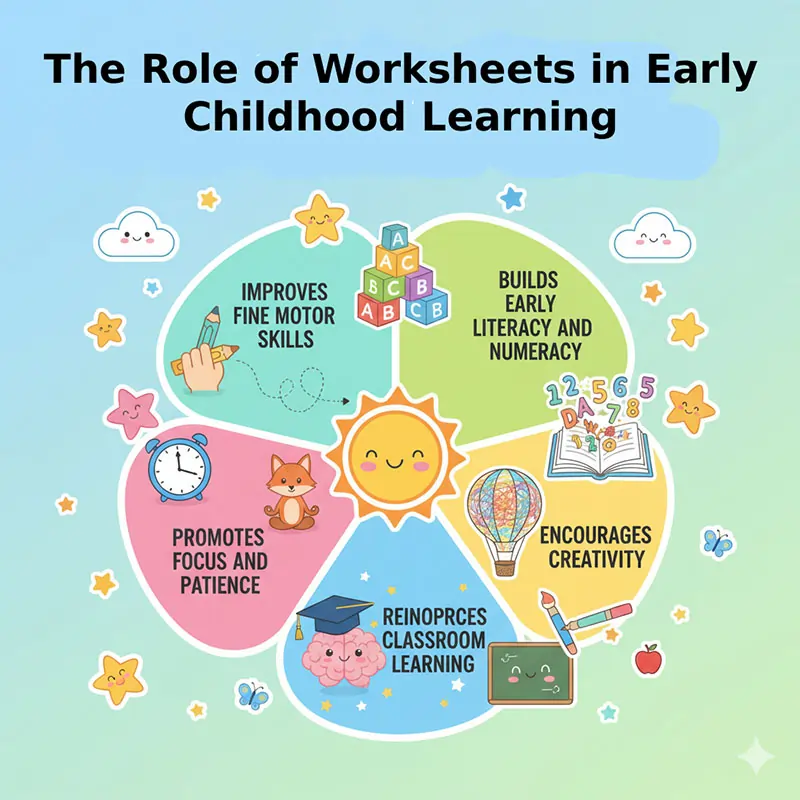
2. Worksheet-Based Skills Development
There is more to preschool worksheets than just keeping children quiet for twenty minutes. The foundational skills they are developing in secret are important well beyond preschool.
🧠 Cognitive Skills
“Find the odd one out” and “match similar objects” look like easy tasks. It’s not. Children are learning to analyze critically, recognize patterns, and reason logically. Even though they appear to be playing, their brains are actively engaged in their activity.
🎨 Superior Motor Skills
Hand-eye coordination and pencil control are developed through coloring inside lines, tracing lines, and joining dots. It sounds dull. Actually, it’s learning how to write, draw, and eventually type. It takes time for fine motor abilities to develop. Practice is necessary.
🔤 Language and Literacy Skills
Through alphabet tracing, letters and sounds are introduced. Language patterns are recognized by children, such as “B makes the ‘buh’ sound in ball, banana, butterfly.” These links enhance one’s preparation for reading.
🔢 Efficient Use of Numbers
This is the beginning of early math comprehension: counting things, recognizing shapes, and sequencing numbers. Multiplication tables are not an option. using triangles in circles and counting apples.
| Skill Type | Example Activity | Learning Outcome |
| Fine Motor | Tracing shapes and letters | Improves writing control |
| Cognitive | Matching animals to homes | Builds logic and attention |
| Literacy | Color the letter “A” objects | Enhances letter recognition |
| Numeracy | Count and circle apples | Strengthens number sense |
| Creativity | Free drawing or coloring | Encourages self-expression |
3. Worksheet Types for Preschoolers
Worksheets are not all created equal. Various kinds appeal to various children and focus on different abilities.
✏️ Tracing Worksheets
Dotted lines that display shapes, numbers, and letters. Until muscle memory takes over, children trace over them again.
For instance: Trace the letter “C” and then illustrate it with a cat. blends artistic artwork with letter practice.
🎨 Coloring Printables
Ideal for children who are creative and require visual stimulation. *Example:* “Color all fruits red and vegetables green.” Sorting, identifying colors, and staying mostly within the lines.
🔢 Number Worksheets and Counting
Numbers are meaningless at this age. However, counting real objects? It makes sense.
For instance: Count the number of apples in each basket and record it here. Abstract numbers are made tangible by tangible items.
🧩 Worksheets for Matching and Sorting
connecting to solve problems. Match each baby animal to its mother, for instance. Vocabulary, logic, and visual discrimination all occur at the same time.
🟠 Color and Shape Recognition Worksheets
Visual classification abilities. As an illustration, circle every triangle or paint every blue shape. Easy, huh? teaches how to classify and scan images.
💡 Word Worksheets and Letters
Vocabulary development by association. Match “B” with the images of a ball, banana, or butterfly, for instance. relates sounds, letters, and objects.
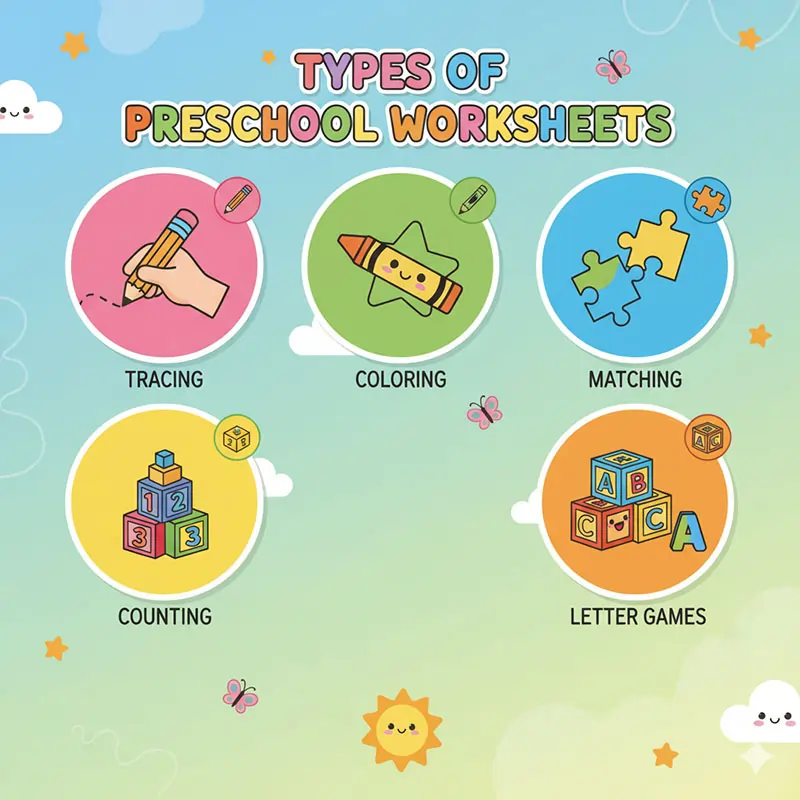
4. Effective Worksheet Use at Home or in Preschool
Worksheets can be extremely effective or entirely ineffective, depending on how you utilize them.
🏠 At Home
- Create a special “learning corner” with materials close at hand. Children are more likely to select their own crayons and worksheets when they can get to them easily.
- Sessions should not exceed 15 to 20 minutes. Preschoolers have short attention spans. You’re generating resistance rather than engagement if you push past it.
- Enjoy every moment. Stickers have a magical effect. “You traced that letter so carefully!” is more impressive than the cliched “good job.” Particular recognition boosts effort.
🏫 In Preschool
- Time is everything. When children need to move, worksheets following story time or sensory play are more effective than those done first thing in the morning.
- Every now and then, use group worksheets. Teamwork grows. Social skills are developed. The question “What color should we make this?” turns into a cooperative decision-making process.
- Showcase finished work in a noticeable way. When students display their workbooks on classroom boards, their confidence soars. “That’s mine!” proud children show their parents.
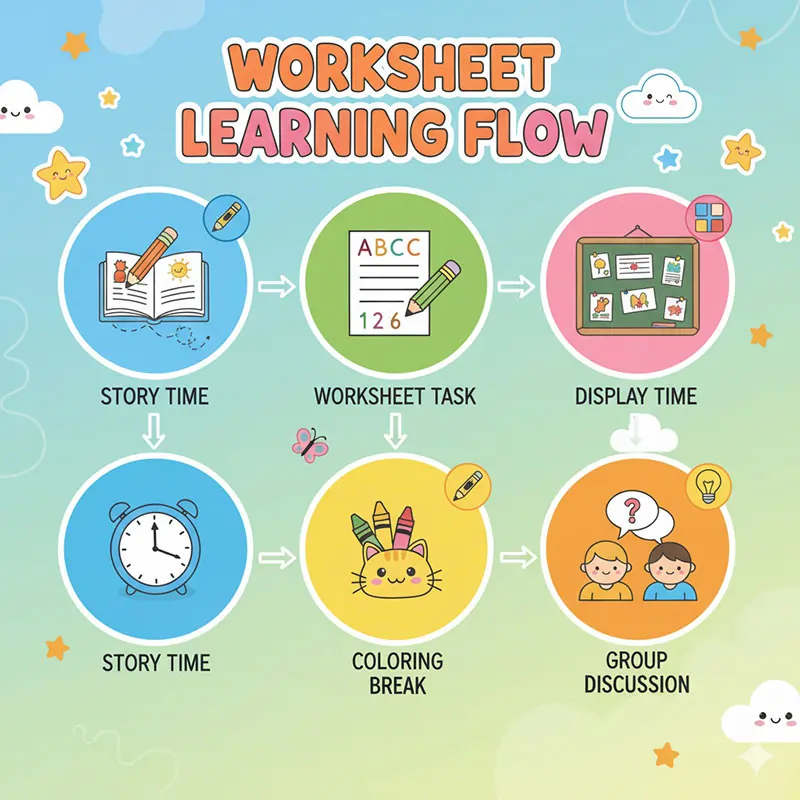
5. Worksheet Templates and Resources That Are Printable
Finding quality worksheets has never been simpler. There are free printable preschool worksheets available on a ton of websites that cover every possible topic.
Well worth a look:
| Website | Type of Worksheets | Features |
| Kids World Fun | Coloring, tracing, puzzles, stories, and more | Printable PDFs with instructions |
| Cogniks Kids | Numbers, letters, colors | Free printable PDFs with instructions |
| Education.com | Tracing, puzzles, counting | Age-filtered worksheets |
| Twinkl | Thematic worksheets | Includes teacher guides |
| K5 Learning | Early math and reading | Printable and interactive options |
| Super Simple Learning | Alphabet, songs, and rhymes | Fun integration with music |
The quality of different sources varies greatly. Age-appropriate pictures and gorgeous designs can be found in certain worksheets. Some appear as though they were made in 1995 using Microsoft Paint. Kids are more receptive to visually appealing workbooks.
6. Parent and Teacher Advice: Creating Interesting Worksheets
It takes technique to make worksheets enjoyable rather than a chore.
1. Integrate Education and Recreation
After completing a counting worksheet, count real snacks or toys. Concepts are reinforced far more effectively by relating paper assignments to actual things than by using worksheets alone.
2. Include a song or rhyme
Sing “Five Little Ducks” before working on the numerical homework. creates a happy atmosphere. makes the change to “work” seem less sudden.
3. Promote Originality
Allow children to color at will or use stickers to adorn worksheets. Perfection is not the aim; involvement is. Anatomically correctness is not necessary for that rainbow.
4. Keep Things Regular
Maintaining consistency is beneficial. Anticipation is created by doing worksheets at the same time each day. Instead of being a haphazard requirement, “After snack, we do our worksheet” becomes a comforting routine.
5. Offer Constructive Criticism
Encouragement piques interest. substitution “That’s wrong” with something like “Let’s look at this together” and “Try again, you’re so close!”
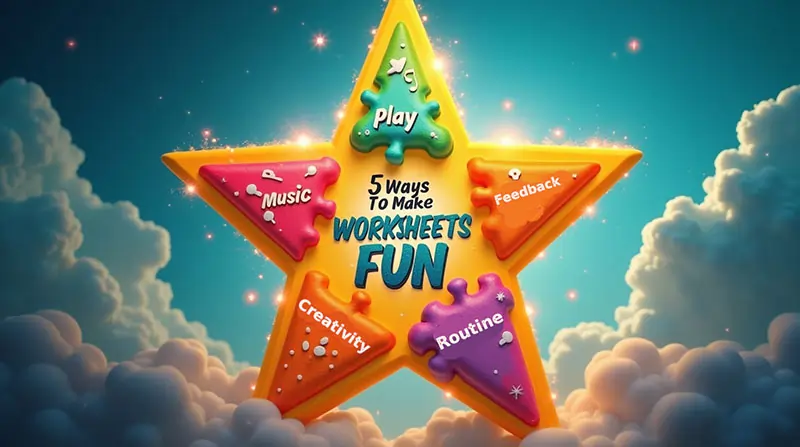
7. Worksheet Examples for Preschoolers
Are you creating your own worksheets? Here are some ideas that are effective:
| Theme | Example Worksheet Activity | Objective |
| Numbers | Count the stars in the sky | Develop number sense |
| Alphabet | Trace and color letter ‘A’ | Improve letter recognition |
| Shapes | Match the shapes with real-life objects | Strengthen visual-spatial skills |
| Seasons | Circle all summer activities | Learn about weather and seasons |
| Animals | Match baby animals to their parents | Build vocabulary and logic |
| Colors | Color the rainbow correctly | Reinforce color recognition |
8. Preschool Worksheet FAQs
Q 1: At what age should children begin utilizing worksheets?
They can follow basic directions and hold crayons reasonably correctly by the time they are three years old. Before that? Too soon, most likely. They must initially engage in more sensory play.
Q2: How much time should be spent on a worksheet?
The maximum is 10 to 20 minutes. Quality always outperforms duration. Thirty minutes of distraction is less effective than ten minutes of concentration.
Q3: Do digital workbooks work?
Yes, tech-savvy kids are more engaged when they use interactive worksheets on tablets. However, balance screen time with exercise. They are both important.
Q4: Can worksheets take the role of playtime?
Definitely not. Worksheets enhance play, not take its place. Outdoor play, storytelling, and sensory play are all vital. Worksheets are just one piece of the toolset.
Q5: What are some ways parents might add excitement to worksheets?
Incorporate narrative, music, and prizes. After finishing an alphabet worksheet, engage in a game with a letter theme. Learning is reinforced when play and worksheets are connected.

9. Concluding Remarks — Encouraging and Facilitating Learning
The powerful educational bridges that turn common interest into fundamental learning are worksheets for children ages three to five. Every page fosters development and creativity, whether it’s coloring rainbows, counting stars, or tracing letters.
Teachers and parents can make a significant impact by selecting age-appropriate, visually appealing, engaging worksheets. Perfection isn’t the objective. Perfection is never possible. It’s engagement and enjoyment of studying.
Worksheets should be printed. Get some crayons. See the joy in your preschooler’s eyes as they learn via play. That moment when they are proud after finishing a page? This is why worksheets are important.
